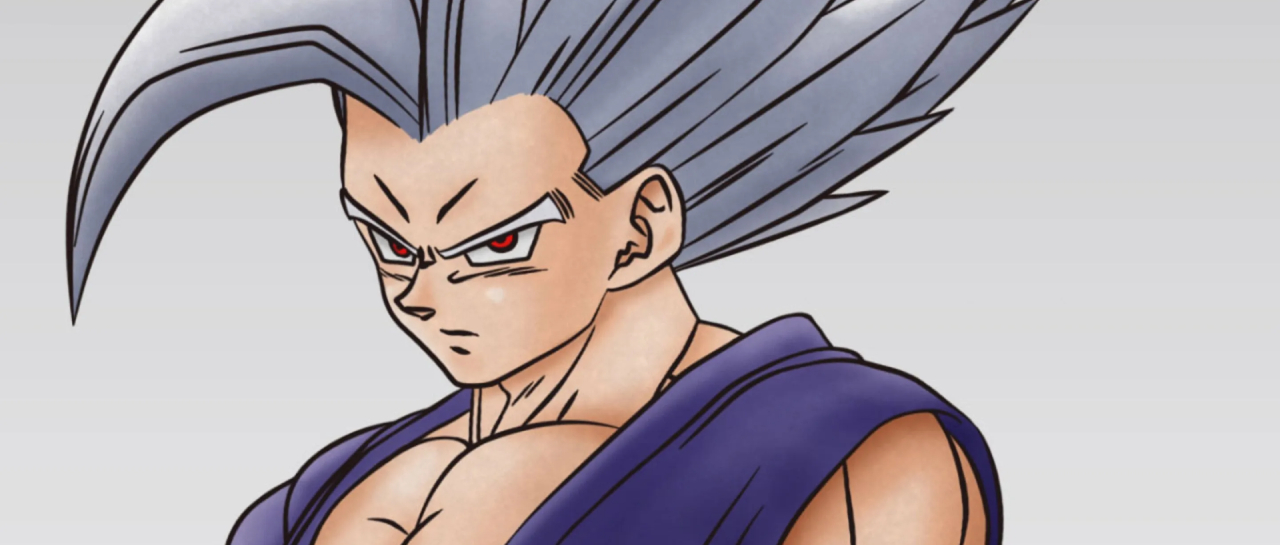NVIDIA Corp. (NVDA) shares have soared in 2020, more than doubling versus an S&P 500 rising by less than 3%. The stock got an extra boost this past week after it announced it would acquire Arm Holdings from SoftBank Group for $40 billion. Despite the significant acquisition, some traders are betting the stock has seen its peak and is heading lower. Meanwhile, an analysis of the technical chart suggests the equity drops 12% from its price of $487 on September 18.
NVIDIA paid what amounts to nearly 21 times sales for Arm Holdings, based on the fiscal year 2020 results. However, that is about the same premium that SoftBank paid for Arm back in 2016, when SoftBank bought the company for $31 billion. One could argue that NVIDIA may have even overpaid for Arm, given that revenue growth has decelerated since 2015.
Nvidia vs. the S&P 500
Betting The Shares Will Fall
The deal to acquire Arm from Softbank will be dilutive to existing shareholders. NVIDIA will pay $21.5 billion in its stock to SoftBank, allowing SoftBank to take a stake in NVIDIA of between 6.7% and 8.1%. That dilution could be why an options trader is betting that NVIDIA stock falls from its current levels.
On September 18, the open interest levels for the NVIDIA November 20 $500 puts and calls rose. The data shows that 4,000 of the $500 calls were sold for about $49.40, and 4,000 of the $500 puts were bought for approximately $52.90. It creates a bearish spread transaction where the trader paid about $3.50 for the contracts and is a bet the stock is below $496.50 by the expiration date.
Technicals Nearing A Breaking Point
Additionally, the technical chart suggests that NVIDIA shares may fall as well. The stock has already fallen about 18% from its peak, and those declines may grow worse. The shares are now sitting on an uptrend that formed in early March. Should the stock fall below that trendline and break support at $460, it could result in the shares falling to around $427, a drop of an additional 12%.

NVDA technical chart
Expensive Deal
The deal for Arm Holdings is likely to prove to be an expensive one for NVIDIA, with the company paying about $21 billion in stock to close the acquisition, while likely financing the balance through cash and debt. The company had about $11 billion in cash and short-term investments at the end of the July quarter.
Snapshot of Arm’s financial report in 2015.
NVIDIA paid about 20.6 times those 2020 sales for Arm, about the same as the 20 times sales Softbank paid in 2016. But consider that Arm had revenue growth of just 1.5% in 2019 and 7.5% in 2020. Arm had revenue growth of 15% in 2015 in US dollar terms, and 22% in British pounds. When adjusting for growth, one could argue that NVIDIA could have gotten Arm for a lower price to sales multiple when considering the slower growth rate.
Snapshot of Arm’s revenue from 2018 to 2020 from Softbank press release.
Growth Through Acquisition
The latest move, which follows last year’s purchase of Mellanox, could even be seen as a sign by some investors that NVIDIA now needs to move to a model of growth by addition, helping to maintain those big sales and earnings growth rates. The company needs to keep these tremendous growth rates to support the massive earnings multiple the market affords it, currently at 44.1 times next year’s earnings estimates.
It will be interesting to see how investors digest NVIDIA’s significant acquisition. Given the stock’s enormous move higher, it would not be surprising at all to see the shares fall to lower prices over the short- to medium-term.
Michael Kramer is a financial market strategist and the portfolio manager of the Mott Capital Thematic Growth Portfolio.
Mott Capital Management, LLC is a registered investment adviser. Information presented is for educational purposes only and does not intend to make an offer or solicitation for the sale or purchase of any specific securities, investments, or investment strategies. Investments involve risk and unless otherwise stated, are not guaranteed. Be sure to first consult with a qualified financial adviser and/or tax professional before implementing any strategy discussed herein. Past performance is not indicative of future results.


/https://specials-images.forbesimg.com/imageserve/5f67c6cc4be20fafeb4e97bf/0x0.jpg?cropX1=0&cropX2=4912&cropY1=2284&cropY2=5048)












